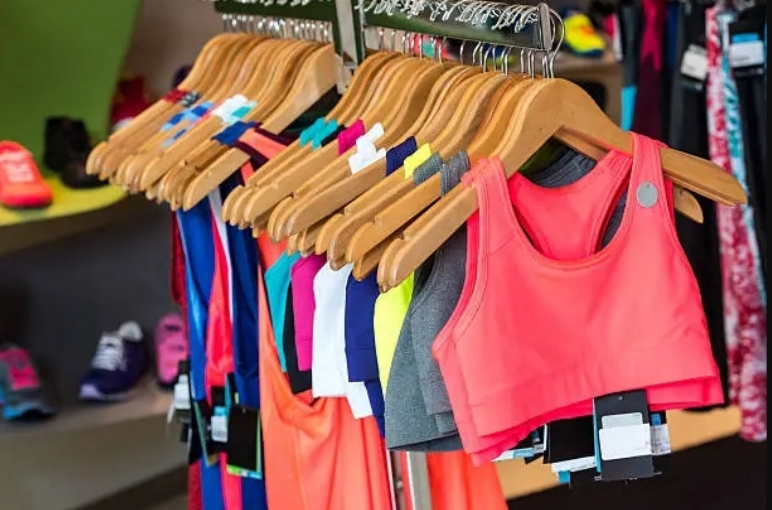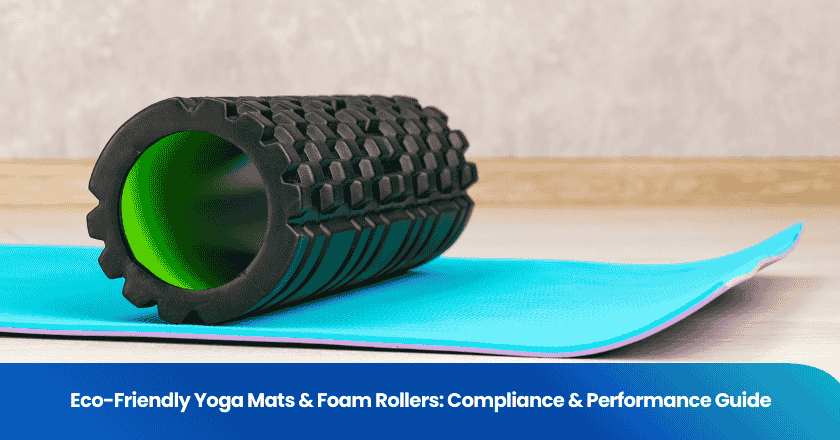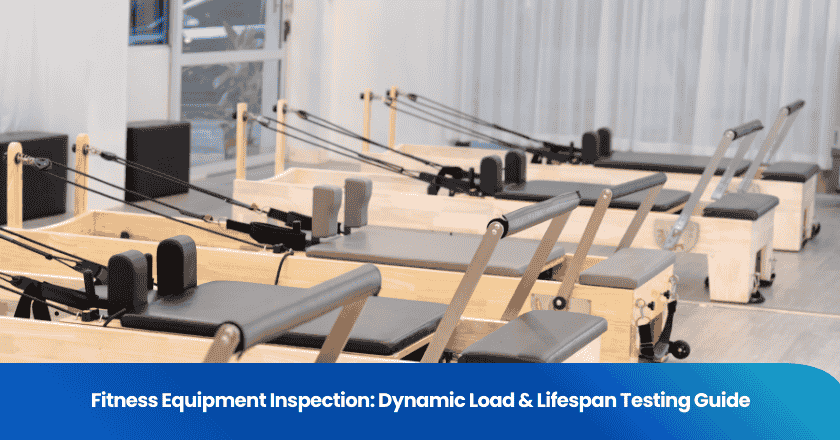
Overview of the global sportswear manufacturer industry
The global sportswear industry has continued to grow in recent years, thanks to the increase in health awareness, the popularization of sports culture, and the rapid development of e-commerce. Consumers pursue the functionality and comfort of sportswear, and increasingly value fashion elements and technological content.
The global sportswear manufacturer market is expected to grow at a steady pace in the coming years.
The manufacturing location is crucial in the sportswear industry, as it affects the cost, quality, and delivery time of products, and is related to the company's market competitiveness and sustainable development ability.
A reasonable manufacturing layout can optimize resource allocation, reduce costs, improve production efficiency, and meet the rapidly changing market demands.
China and Vietnam, as important participants in the global sportswear manufacturing industry, occupy a place in the global market with their respective advantages.
The two countries have their own characteristics in labor cost, supply chain construction, policy support, etc., forming a differentiated competitive landscape.
Overview of China's sportswear manufacturing industry
China, as one of the world's largest textile and clothing producers, has a solid foundation in sportswear manufacturing and a complete industrial chain. In recent years, the influence of Chinese sportswear brands in the international market has been continuously increasing, such as the appearance of brands like Li Ning and Anta in international events, further promoting the internationalization process of Chinese sportswear.
The advantage of Chinese sportswear manufacturer
• Labor costs and labor availability: China has a large labor resource, relatively low labor costs, and continuously improving labor quality, providing a sufficient human resource guarantee for sportswear manufacturing.
• Advanced supply chain infrastructure: China has established a comprehensive supply chain system, from raw material procurement to finished product exports, with all links closely interconnected, improving production efficiency and response speed.
• Government support and policies: The Chinese government attaches great importance to the development of the textile and clothing industry, and has introduced a series of support policies, including tax incentives, technological innovation incentives, etc., to provide a good development environment for sportswear manufacturing.
The disadvantages of Chinese sportswear manufacturers
• Rising labor costs: With the continuous development of China's economy, labor costs will rise year by year, bringing certain cost pressures to the sportswear manufacturing industry.
• Environmental issues: The textile printing and dyeing industry is one of the key areas of environmental pollution. The Chinese government has strengthened the supervision of environmental protection, requiring enterprises to increase investment in environmental protection, which also increases the operating costs of enterprises.
• Political and trade tensions: Changes in the international trade environment, especially political factors such as the Sino-US trade war, have brought a certain degree of uncertainty to China's sportswear exports.
Overview of sportswear manufacturing in Vietnam
Vietnam, with its low labor costs, has become one of the important production bases for international sportswear manufacturers. The Vietnamese government actively attracts foreign investment and promotes the development of the textile and clothing industry, achieving significant results.
Advantages of Vietnam's sportswear manufacturer industry
• Competitive labor costs: Vietnam's labor costs are relatively low, and the labor resources are abundant, providing a cost advantage for sportswear manufacturers.
• Preferential Trade Agreements: Vietnam has signed free trade agreements with several countries and regions, enjoying preferential tariff treatment, which is beneficial for the export of sportswear products.
The disadvantages of the sportswear manufacturer industry in Vietnam
Limited technological progress: Compared to developed countries such as China, Vietnam still has a certain gap in the field of sportswear manufacturing technology, and needs to strengthen technological research and development and innovation.
• Infrastructure challenges: Vietnam's infrastructure is relatively weak, especially in transportation and electricity, and still needs to increase investment to improve production conditions.
• Dependence on foreign investment: The sportswear manufacturing industry in Vietnam is highly dependent on foreign investment, and the withdrawal or transfer of foreign companies may have a significant impact on the local industry.
Comparative Analysis of Chinese and Vietnamese Sportswear Manufacturers
Labor market comparison
• Labor skills and training: China has a strong advantage in labor skills and training, with a comprehensive vocational education system and a team of highly qualified technical workers. Vietnam has been making continuous efforts to improve labor skills, however the overall level still needs to be enhanced.
• Trend of labor costs: With the development of China's economy, labor costs continue to rise; while labor costs in Vietnam are relatively low, they also have an upward trend in the future.
Supply chain and infrastructure comparison
• Logistics and Transportation: China has a well-established network and service system in logistics and transportation, which can efficiently connect domestic and foreign markets. Vietnam is constantly improving its logistics infrastructure and enhancing transportation efficiency.
• Acquisition of raw materials: Both China and Vietnam have abundant resources of textile raw materials, but China has more advantages in raw material processing and supply chain integration.
Comparison of political and economic environments
• Trade policies and agreements: Both countries are actively participating in international trade cooperation and have signed several free trade agreements. The international trade environment faced by China is more complex and changeable, requiring it to deal with more political and trade challenges.
• Economic stability and growth: China's economy has maintained a steady growth trend for a long time, providing a good macroeconomic environment for sportswear manufacturers. Vietnam's economy is also growing rapidly, but with greater fluctuations, and attention needs to be paid to economic stability issues.
Conclusion
China and Vietnam each have their advantages and disadvantages in sportswear manufacturing. China has advantages in labor quality, supply chain infrastructure, and government support, but faces challenges such as rising labor costs and environmental issues; Vietnam, on the other hand, attracts foreign investment with low labor costs and growing supply chain capabilities, but still needs to work hard in technological progress and infrastructure.
When choosing a manufacturing location, brands need to consider factors such as cost, quality, delivery time, and market demand. China is suitable for brands seeking high-quality, high-value-added products; Vietnam is suitable for brands seeking cost-effectiveness and rapid response to the market.
With the continuous expansion of the global sportswear market and the diversification of consumer demand, China and Vietnam sportswear manufacturing industry will face more opportunities and challenges.
Both countries need to strengthen technological innovation, optimize the layout of supply chains, and enhance environmental protection levels to cope with market changes and competitive pressures. Governments should continue to introduce supportive policies to promote industrial upgrading and sustainable development.
Grow your business with TradeAider Service
Click the button below to directly enter the TradeAider Service System. The simple steps from booking and payment to receiving reports are easy to operate.




